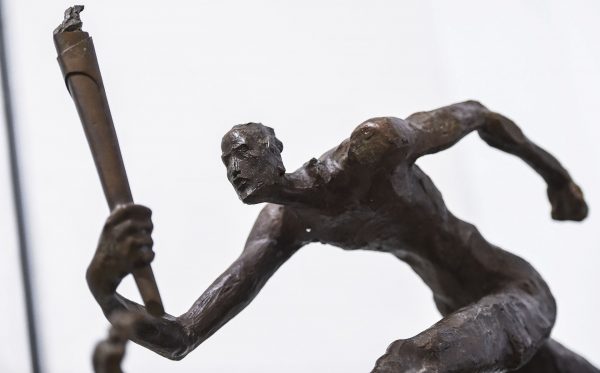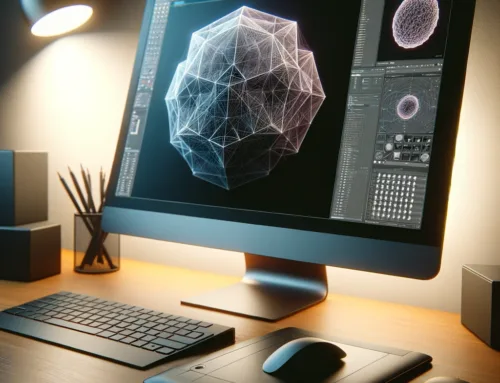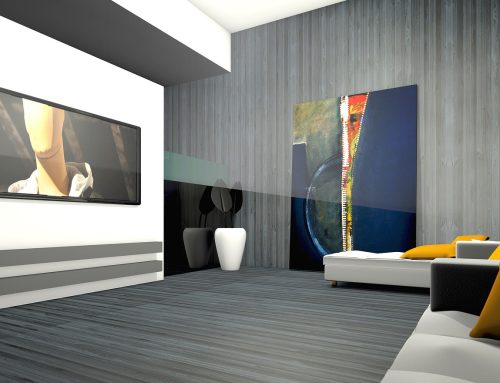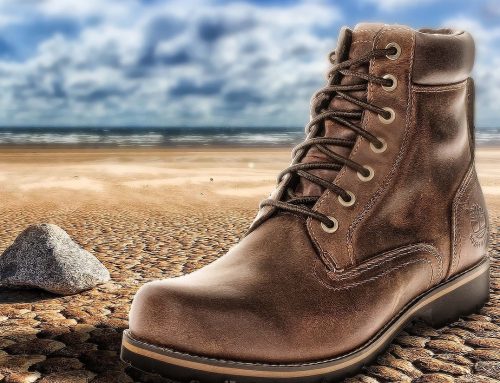Wie Sie die Dynamesh und ZRemesher-Optionen von ZBrush korrekt verwenden.
Newbie-Grafiker und Gamedesign-Entwickler, die sich mit den vielen Möglichkeiten von ZBrush neu vertraut machen, neigen dazu, die vielen Funktionen von ZBrush falsch zu nutzen. Sie können immer noch die Ergebnisse erhalten, die sie beabsichtigt haben, aber diese wären nicht effizient. Das Wissen, wie man die Optionen effektiv nutzen kann, ermöglicht es den Designern, kompliziertere Modelle zu entwerfen.
Die Effizienz bei der Modellierung von Modellen wird ebenfalls erreicht, wodurch der Zeit- und Arbeitsaufwand für ein Projekt minimiert wird. Designer könnten mehr erreichen. Die Dynamesh- und ZRemesher-Optionen von ZBrush gehören zu den Features, die von Neulingen oft falsch verwendet werden.

Stufe 1: Verwenden Sie den Dynamesh-Modus für die allgemeinen Formen und das Erscheinungsbild. Sie können das Objekt drehen und ziehen.
Stufe 2: Wechseln Sie zu ZRemesher, um eine höhere Auflösung zu erzielen und die Polygone gleichmäßig zu verteilen.
Stufe 3: Die feineren Details des Objekts modellieren und dem Modell eine Textur hinzufügen.
Viele Neueinsteiger scheinen zu denken, dass die Unterschiede zwischen Dynamesh, ZRemesher, und Sculpting mit Division bestenfalls minimal sind. Diese Annahme ist jedoch zu simpel, um wahr zu sein. Es gibt mehrere signifikantere Unterschiede und man sollte bedenken, dass diese Unterschiede nicht nur Zeit und Mühe sparen, sondern auch zu qualitativ hochwertigeren Designs führen können. Ungeachtet der künstlerischen Begabungen macht eine bessere Kenntnis der Werkzeuge den Künstler in seinem Handwerk auch deutlich besser. Grundsätzlich ist ZBrush ein Sculpting-Tool in der digitalen Welt, aber egal wie geschickt eine Skulptur auch sein mag, die Ergebnisse könnten mittelmäßig sein, wenn die Werkzeuge nicht richtig eingesetzt werden.
Grundsätzlich beginnt die Modellierung komplexer digitaler Objekte in ZBrush mit der Option Dynamesh. Die meisten der ersten Schritte beinhalten Dynamesh-Manipulationen. Die Basisform wird mit so vielen Dynamesh-Manipulationen abgeleitet, wie die sekundären und tertiären Details mit den anderen Optionen abgeleitet werden können. Die zweite Phase des Sculptings muss ZRemesher einbeziehen, um eine saubere Topologie des Objekts zu schaffen, das auf der Basisform, die mit Dynamesh erstellt wurde, geformt wird. Die Cleaner-Topologie kann dann für feinere Details modelliert werden.
Dynamesh sollte in der ersten Phase der Modellierung eines ZBrush-Objektes verwendet werden, einfach weil es schnell zu benutzen ist und es keine Notwendigkeit gibt, sich um die Topologie zu kümmern. Es ist wie mit einer Kettensäge, um die Grundform einer Holzskulptur aus einem Baustamm abzuleiten. Ein Designer könnte das Basisobjekt durch Ziehen, Drehen und Zusammenführen der Teile umgestalten. All dies und noch viel mehr ließe sich mit Dynamesh leicht bewerkstelligen.
Das Ziehen, Verdrehen und Zusammenführen von Formen ist in ZRemesher nicht möglich, da die Hauptfunktion des ZRemesher darin besteht, Polygone gleichmäßig entlang der ursprünglich erzeugten Grundform zu verteilen. Der ZRemesher ermöglicht eine gleichmäßige Verteilung der Polygone, die für die hochauflösenden Details verantwortlich sind. Diese sind wie die Pixel auf einem Photshop-Bild, aber in dreidimensionalen Projektionen. Es wäre möglich, feine Details wie Poren, Linien oder Falten auf der Oberfläche des Basisobjekts einzubauen. So könnten Sie z.B. eine Büste eines alten Mannes kreieren.
Das Hinzufügen einer höheren Auflösung ist im sekundären und tertiären Stadium des Sculptings von entscheidender Bedeutung. Eine höhere Auflösung und genauere Details machen ihre Arbeit langsamer, während die erforderliche Rechenleistung des Computers erhöht wird.


